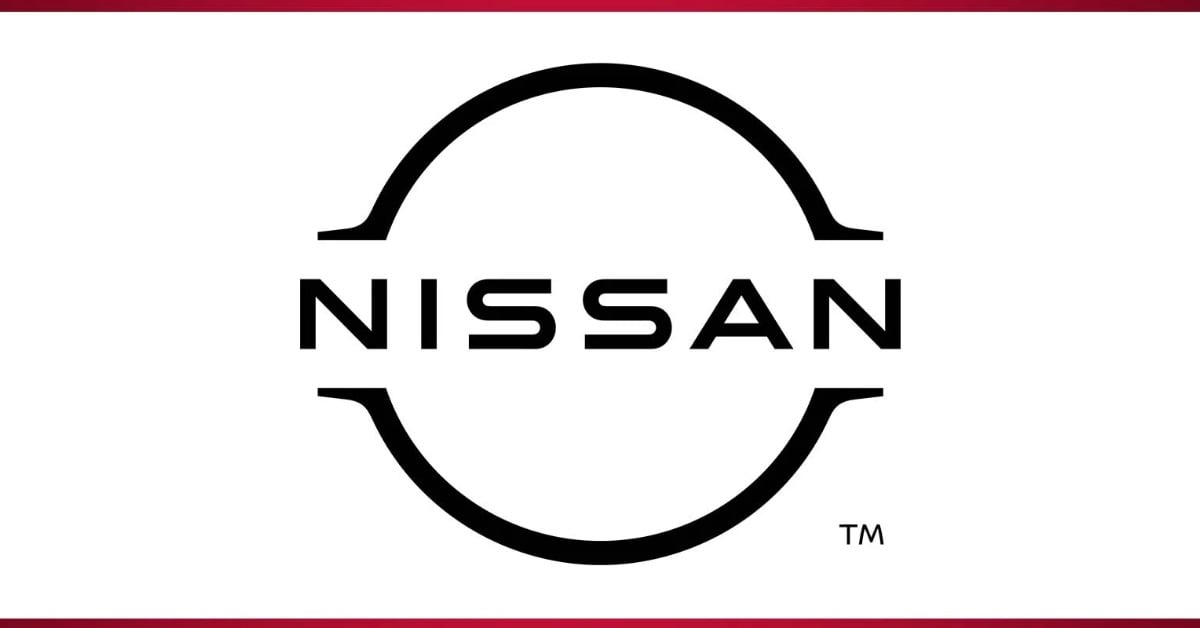Nissan leaves Morelos after 60 years by closing its Cuernavaca plant and moving production to Aguascalientes as part of a global consolidation plan . . .


Nissan leaves Morelos after 60 years by closing its Cuernavaca plant and moving production to Aguascalientes as part of a global consolidation plan . . .

